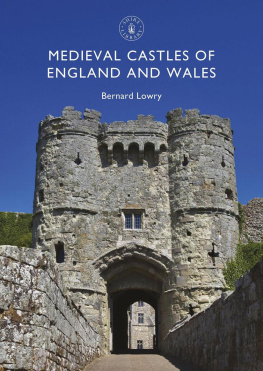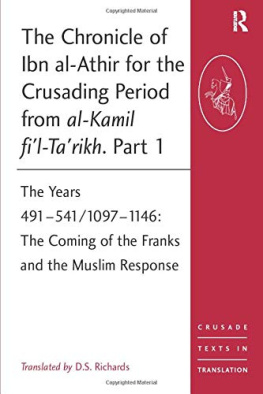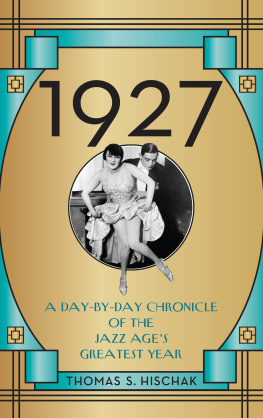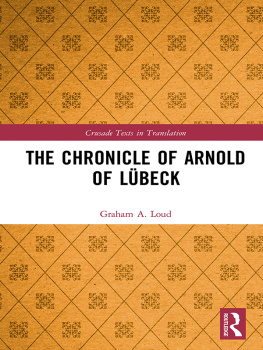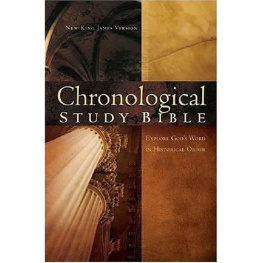
BRUT Y TYWYSOGYON
BRUT Y TYWYSOGYON
OR
The Chronicle of the Princes
PENIARTH MS. 20 VERSION
TRANSLATED WITH INTRODUCTION AND NOTES
by
THOMAS JONES
UNIVERSITY COLLEGE OF WALES, ABERYSTWYTH
BOARD OF CELTIC STUDIES, UNIVERSITY OF WALES
HISTORY AND LAW SERIES, No. XI.
University of Wales Press, 2015
Brut y Tywysogyon or The Chronicle of the Princes was first published by the University of Wales Press in 1952, as volume number XI in the History and Law series of the University of Wales Board of Celtic Studies.
All rights reserved. No part of this book may be reproduced in any material form (including photocopying or storing it in any medium by electronic means and whether or not transiently or incidentally to some other use of this publication) without the written permission of the copyright owner except in accordance with the provisions of the Copyright, Designs and Patents Act 1988. Applications for the copyright owners written permission to reproduce any part of this publication should be addressed to The University of Wales Press, 10 Columbus Walk, Brigantine Place, Cardiff CF10 4UP.
www.uwp.co.uk
British Library Cataloguing-in-Publication Data
A catalogue record for this book is available from the British Library.
ISBN 9781783163519
eISBN 9781783163533
The rights of authorship of Thomas Jones have been asserted in accordance with sections 77, 78 and 79 of the Copyright, Designs and Patents Act 1988.
WILLIAM LEWIS (PRINTERS) LTD., CARDIFF
This work is dedicated to
the memory of
SIR JOHN EDWARD LLOYD
PREFACE
T HIS is the first of three volumes it is hoped to publish to provide texts and translations of the three versions of Brut y Tywysogion. The present translation of the Peniarth MS. 20 version, the Welsh text of which was published in full for the first time in 1941, will be followed by critical texts and translations of the Red Book of Hergest version, which has never been critically edited, and of Brenhinedd y Saesson, of which there is one unreliable printed edition but no translation available. The delay in publication is due in part to the fact that most of the work on the two volumes to follow had to be completed before the present translation and notes could be written.
It is fight that I should acknowledge my debt to many scholars without whose help this volume and the two to follow could not have been produced. Professor J. Goronwy Edwards, Director of the Institute of Historical Research, has checked the chronology and made valuable suggestions which I have incorporated in the translation and notes. My colleagues Professor T. Jones Pierce and Professor Gwyn Jones have respectively given me useful advice on the rendering of Welsh legal and technical terms and saved me from doing too much violence to English idiom in my attempt to be as literal as possible in my translation. To Professor G. J. Williams I am indebted for many references to MSS. Others who have helped in various ways are Professors David Williams and R.F. Treharne, Father Aubrey Gwynn S.J., Dublin, Mr. Garfield Hughes, and last, but not least, my wife who spent many weary hours in assisting me to check my English versions against the three Welsh texts. Any merit this volume may have is largely due to these willing helpers who must not be held responsible, however, for its many imperfections. Nor must I forget the unfailing courtesy of Dr. Elwyn Davies, Secretary to the University of Wales Press Board, and the great care and patience shown by Messrs. William Lewis (Printers) Ltd., Cardiff.
The dedication of the book to the memory of Sir John Edward Lloyd is a small token of my gratitude for the encouragement which he gave me in the task I had undertaken and for the help I received from his History of Wales and The Welsh Chronicles. Many years ago Sir John had made careful transcripts of the greater part of the annals preserved in BM. Cotton MS. Domitian A 1 and in the Breviate of Domesday Book in the Public Record Office. Through the good services of his daughter, Mrs. Garmon Jones, and of Professor R. T. Jenkins, these transcripts were placed at my disposal to enable me to check the readings in Ab Ithels Annales Cambriae. Moreover, Sir John in his later years had thought of translating the Peniarth MS. 20 text of the Brut, but it appears from his papers that he had not started on the work. It is my sincere hope that the present rendering, inferior though it must be to the one which Sir John would have produced, is not altogether unworthy of the memory of the great Welsh historian who made such valuable contributions to the study of Brut y Tywysogion.
THOMAS JONES.
U NIVERSITY C OLLEGE OF W ALES ,
A BERYSTWYTH .
CONTENTS
INTRODUCTION
I. E XPLANATORY
T HE text which follows is a close literal translation of the Peniarth MS. 20 version of the Welsh chronicle called Brut y Tywysogion or Chronicle of the Princes, which contains the history of Wales from the end of the seventh century to the year 1282, in the first place, and thence, in a later continuation of the original text, to the year 1332. even though, as will be shown, some of them are independent of the true Brut y Tywysogion , and others, partly based on one or more versions of the Brut , owe much of their contents to late interpolations.
The principal texts which have been included under the generic title of Brut y Tywysogion are the following:
(1) Brut y Tywysogion: Peniarth MS. 20 version.
The extant MSS. which contain texts of this version are listed below, xliv-lix.
(2) Brut y Tywysogion: Red Book of Hergest version.
The text as found in the Red Book of Hergest (Jesus College, Oxford, MS. CXI) has been thrice printed in full: ( a ) in MA ii. (London, 1801) 391-467 (=60251 in the Denbigh edition), ( b ) in BT, with a translation into English, and ( c ) in RBB 257384. Moreover, the text up to the year 1066 was printed in Monumenta Historica Britannica 84155, with an English translation. Unfortunately, the Red Book of Hergest text is defective in very many places, and what is urgently required is a critical text of the Red Book version based on all the early extant copies. I have prepared such a critical text on the basis of Peniarth MS. 18, Mostyn MS. 116, the Red Book of Hergest, Peniarth MS. 19 , and Llanstephan MS. 172, and it will be published, with translation and notes, in the near future.
For the original Welsh text see Thomas Jones, Brut y Tywysogyon. Peniarth MS . 20. Cardiff. University of Wales Press. 1941.
Sometimes this text has been incorrectly called Brut y Saesson or The Chronicle of the Saxons through confusion with another text correctly so called.
As, for example, in Egerton Phillimores article The Publication of Welsh Historical Records, in Y Cymmrodor xi. (1890-91) 133-75.
The list of MSS. in Pen. 20, xvi-xxi, is incomplete.
(3) Brenhinedd y Saesson or The Kings of the Saxons.
Excluding late transcripts, there are only two copies of this text now extant in MSS: ( a ) BM. Cotton Cleopatra MS. B v., ff. 10962 b , and ( b ) NLW MS. 7006, called the Black Book of Basingwerk. In ( a ) the text ends with the year 1197, but in ( b ) it is continued down to 1461. The text of ( a ) was printed, under the incorrect title Brut y Saesson in MA ii. (London, 1801) 468582 (=65284 in the Denbigh edition), but it teems with errors of transcription. I have prepared a critical edition, based on ( a ) and ( b ), which will be published, with translation and notes, to form a third volume in this series on Brut y Tywysogion .



